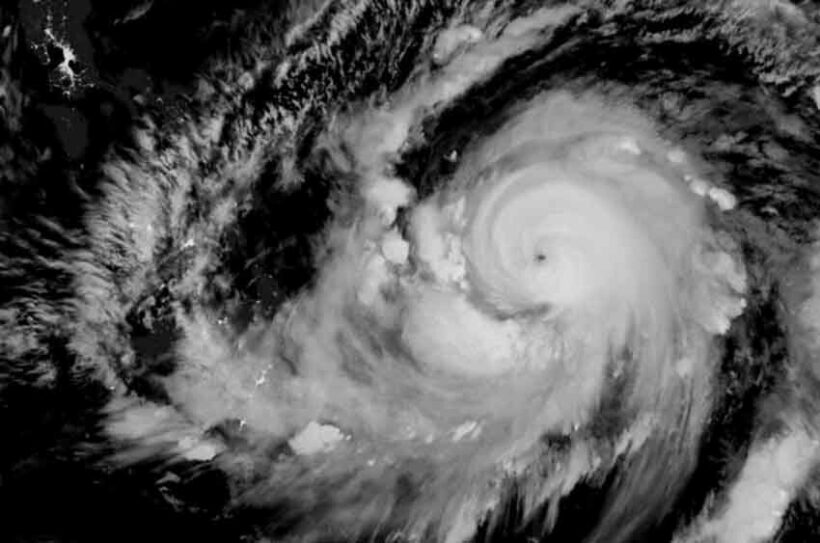1 person dead, thousands forced to flee as “super typhoon” strikes the Philippines

Super typhoon Surigae has hit close to coastal areas in the eastern provinces of the Philippines, with 1 person killed and tens of thousands forced to evacuate. It’s understood the deceased person is a 79 year old man, who was struck by a falling coconut tree and sustained a severe head injury. Over 109,000 people have been forced to flee their homes in 6 provinces in the region of Bicol, where typhoons are a regular occurrence.
The Bangkok Post reports that the eastern Philippines experienced strong winds and high waves yesterday, as typhoon Surigae surged past in the Pacific Ocean. The super typhoon is the strongest ever recorded in April, with officials from the disaster risk-reduction agency warning of flash flooding and landslides.
The country’s national weather bureau has also issued a warning for heavy rainfall and severe winds, expected to extend up to 110 kilometres from the eye of the storm. However, the typhoon is not expected to make landfall. Surigae has a diameter of 500 kilometres, with winds of up to 195 kilometres an hour. US meteorologist Jeff Masters says the strength of the typhoon indicates that a busy storm season lies ahead.
“Early indications are that the 2021 typhoon season will be at least average in activity, and possibly above average.”
Meanwhile, Anne-Claire Fontan from the World Meteorological Organisation in Geneva, Switzerland, says storms are getting stronger as a result of global warming.
“The fuel for these storms is warm oceans. The global trend is that they are getting stronger, and a higher percentage of total storms will be stronger.”
As a warmer atmosphere holds more moisture, it allows strong winds to dump more rain. The temperature of the western Pacific Ocean is higher than the world average, providing ideal conditions for huge typhoons to form. This part of the world sees more typhoons than any other, with 70% of them occurring during peak storm season between July and October.
SOURCE: Bangkok Post
Latest Thailand News
Follow The Thaiger on Google News:


























